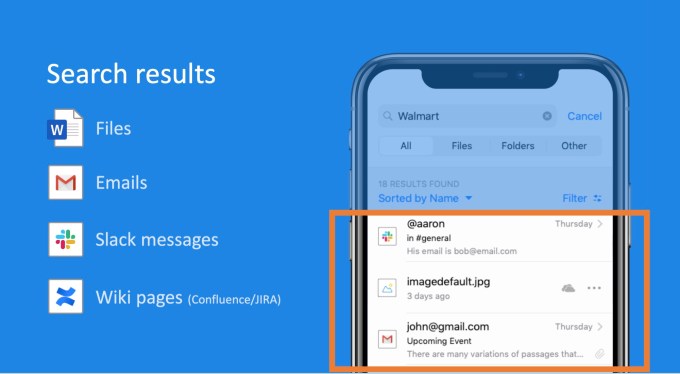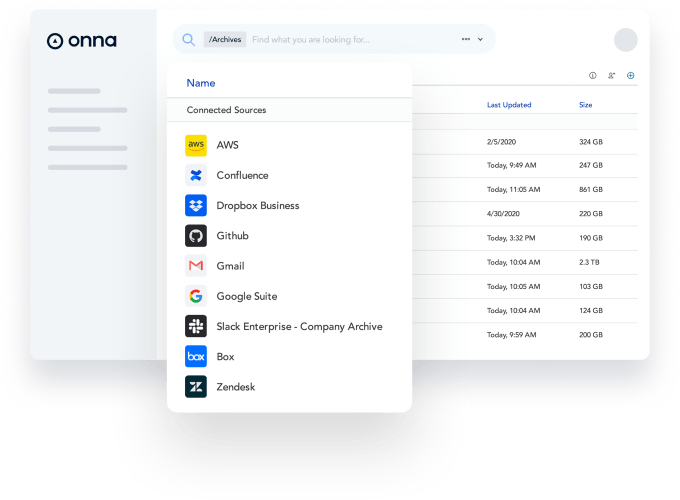Sydney-based Canva, the design platform for non-designers, has today announced the close of a $60 million funding round, bringing its valuation to $6 billion, according to the company.
The startup has raised a total of more than $300 million, including this latest round of financing, from investors like Bond, General Catalyst, Sequoia Capital China, Felicis Ventures and Blackbird Ventures .
Canva COO and co-founder Cliff Obrecht explained that the round was 10x oversubscribed with interest from angels and new VCs, but that the company resisted taking extra capital.
“At our stage, investors are looking to deploy $50 million+ in capital,” said Obrecht. “Even our existing investors were looking to deploy between $50 million and $100 million, but we said ‘Oh, gee, we really don’t want to be diluted that much because we have a lot of conviction in the business and we don’t need that much money.’ ”
He also said the company wanted to remain with existing investors — Blackbird and Sequoia Capital China led this round — because those investors bet on the company when it was in its infancy, founded by three people in an isolated part of the world with no technical chops.
At the beginning of the pandemic, Canva made a commitment to continue paying all of its contracted workers, but froze hiring. The company also made quick moves to shut down the office and move to remote work. However, Canva is one of the few companies that is getting a boost from the world moving to work from home.
The company has seen a 50% uptick in shared designs, and around a 25% increase in designs created each month. Overall, Canva is growing 100% year over year in both revenue and users, with 30 million monthly active users across 190 countries.
Canva was founded in 2012 with the mission of democratizing design tools. While many non-designers can navigate their way around Google Slides or PowerPoint, or maybe even crop an image, going more in-depth on a design project can be daunting, as the suite of tools provided to designers can be incredibly complex.
The company’s tools are meant to simplify the design process for folks who don’t work in the design department, whether it’s the sales team putting together sales materials, marketers working on content or other departments working on internal materials to send to the broader organization. The drag-and-drop interface gives folks a way to create something beautiful and impressive without having to learn Photoshop.
The product started out as a freemium product for individual consumers but eventually started offering enterprise products, as well as a video editing tool that comes complete with video templates, easy-to-use animation tools and a library of stock video, music, etc.
The company has also launched an educational platform called Canva for Education, which integrates with G Suite and Google Classroom to get students started on design early. Canva also offers a developer platform for startups that want to integrate with the company, which currently includes Dropbox, Google Drive, PhotoMosh and Instagram, among others.
Most recently, Canva partnered with FedEx Office to offer easy design-to-print products that let users pick up print designs from one of more than 2,000 locations in the U.S. as the Sydney-based company looks to secure a foothold in this market.
Canva plans on using the funding to grow the company, make a push into collaboration and continue making acquisitions.
On the heels of the funding, Canva is looking to hire — the company currently has 1,000+ employees, of which more than 40% are female. (Canva did not disclose the percentage of its workforce that are non-white.)
Obrecht says that one of the greatest challenges for the company and for leadership personally is the burden of not feeling like they’re doing enough to make the world a better place. He explained that the company has a number of initiatives focused on this core tenet, including free access to the platform for more than 50,000 nonprofit organizations, education initiatives, anti-discrimination policies within its TOS and more.
“But it just never really feels like enough,” said Obrecht. “You see what’s happening and it’s a bit of a shit show and it’s not aspirational at all. It doesn’t look like it’s getting fixed quickly by the adults who are in government. They’re not doing the right thing, and if they’re not, who will? So we really believe we should have a heavy part in trying our best to make sure the shit show doesn’t continue.”


 “Onna’s knowledge integration platform is a centralised, searchable and secure hub that connects company data wherever it resides and makes it easier and faster to make informed decisions,” Onna founder and CEO Salim Elkhou tells TechCrunch. “It is a productivity tool built for the way businesses work today… something that didn’t exist before, creating a new industry standard which benefits all companies within the ecosystem.”
“Onna’s knowledge integration platform is a centralised, searchable and secure hub that connects company data wherever it resides and makes it easier and faster to make informed decisions,” Onna founder and CEO Salim Elkhou tells TechCrunch. “It is a productivity tool built for the way businesses work today… something that didn’t exist before, creating a new industry standard which benefits all companies within the ecosystem.”